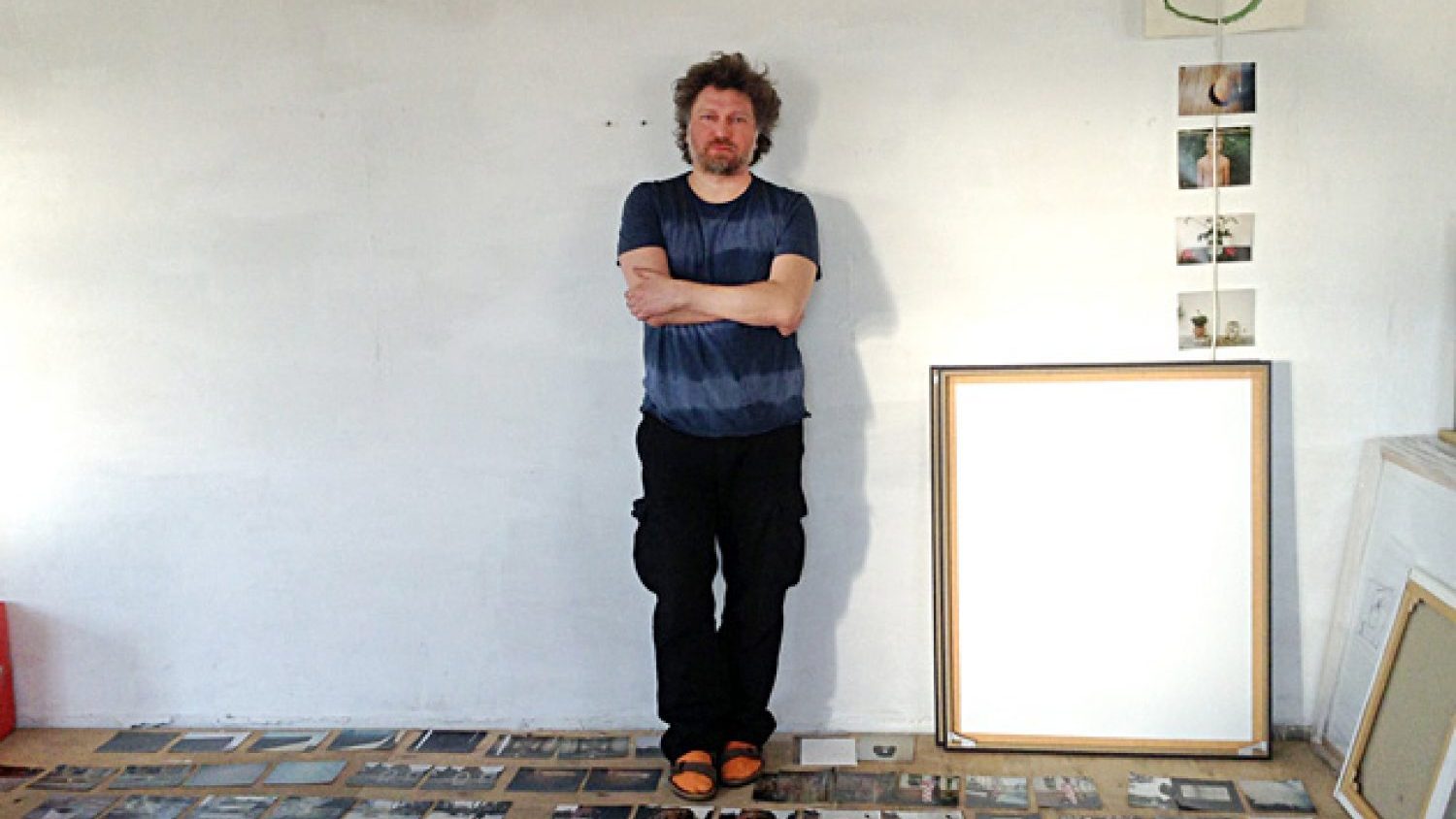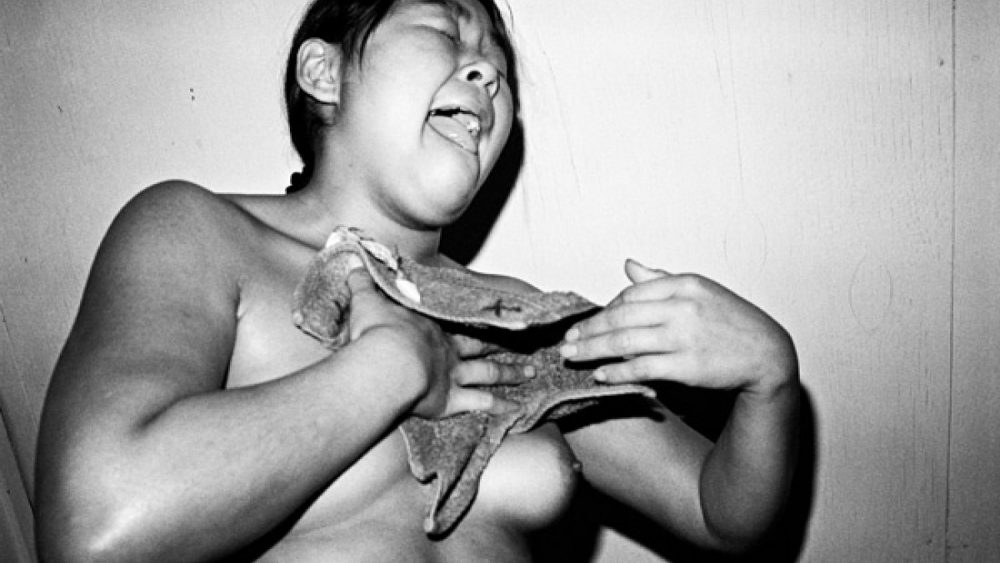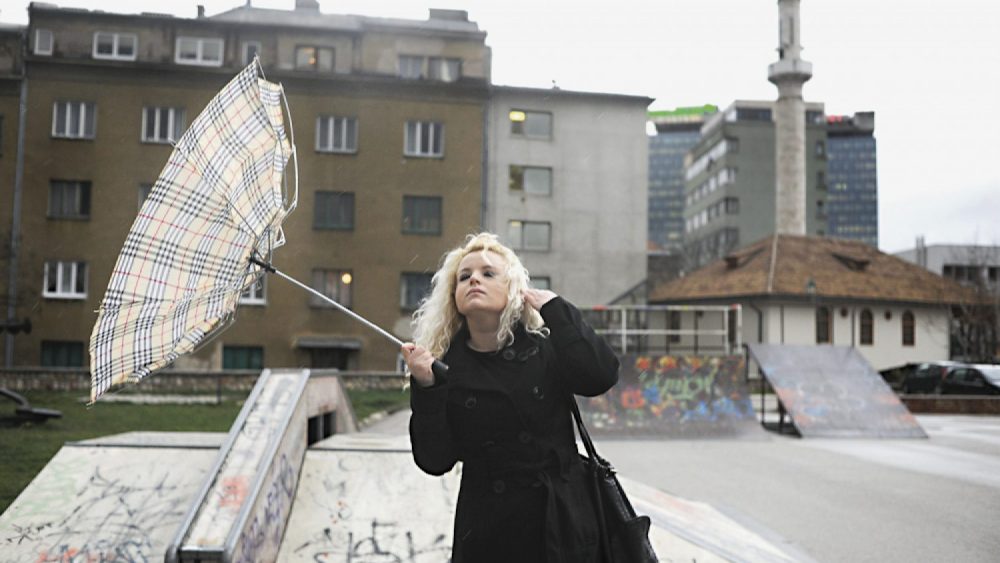Interview with Roman Korovin
For the fifth year FK Magazine is publishing the Latvian Photography Yearbook, which is aimed at promoting the contemporary Latvian photography. The Yearbook is out today and can be purchased online. This year’s issue features also the work by Roman Korovin.
The main features of Roman Korovin’s (1973) art are playfulness and experiments, both are present in his paintings, drawings and photographs. For a long time he painted scenes of everyday domesticity with titles that evoked fun, often sexual connotations about the meaning and order of commonplace things. These days, his works have become more abstract, and irony is less pronounced. It was noticeable in his third book Rocks, published last year by the text group Orbīta. Korovin studied at the Janis Rozentāls High School for Art and the Art Academy of Latvia, he has had exhibitions in Riga, Russia, Germany and elsewhere. He works in advertising and also films videos.
Is it easy for you to talk about your work?
No, I try to talk about it as little as possible. Some emotional experience has happened and I have expressed it through photos. You can do it through poetry as well, then it will be in words. Or you can do it through paintings, sculptures; whatever format is closer to you. I do it visually, and it is not my task to carry that over from one format to the next. I hate explaining. I understand that people want explanations, but I prefer mystery and secrets, which cannot be explained with words anyway.
What can you tell us about the works in the Yearbook?
As usual, the topic is quite wide-ranging. Just like a real artist, I need to focus on major themes such as men and women, universe, fate, some sort of mystical phenomena and the invisible world. I think that I am at the age when I do not need to prove how cool I am or to shock everyone with some rock’n’roll attitude.
The work has two parts. It’s a diptych. Roughly speaking, one is the male part and the other – the female. It is related to sorrow. I actually like sad things, all great works of art are sad. That is a typical artist’s outlook – to lament and be restless, which stimulates you to do something in order to get closer to God. That is what all art is about, about solitude without God. It is this kind of waiting, this sorrow and longing for grace that makes you strive upwards.
What is your relationship with God?
I am Orthodox Christian and believe in God and Jesus Christ. And, the further along I go, the more I realise that without it there is no meaning in life. I am already over 40, I have had many yearnings in my life, many passions and relationships, and I understand, that with it is just not enough to have earthly things.
I am not saying that I exercise [my faith] in a particular way, because that requires a great willpower and practice, or else it is just point- less claptrap. I perceive faith broadly. People have many lives, one lives his second, another – his twenty-fourth. Some understand at the age of ten that they ought to go to the monastery, and nothing else interests them, but others feel accomplished making babies, building a house. And that is all right, they are not without faith or worse than others, because maybe in another life they will have a desire to express themselves in a different way.
Could you live without photography?
Yes I could, and I have already lived a long time without photography. I entered photography in 2002, when I came back from America. I tried to bring my paintings over, which I had made aplenty over there, but then I realized that various instances of life and the beauty of it could be captured faster, through photography. If I did not have photos, then I would walk around with an easel, as I used to in the past. Two things give me great pleasure in life – painting and swimming. I paint and take photographs for my own pleasure, there is no commercial motive. I am probably not even ripe for com- mercial activity, as I would immediately fall into the temptation of money and fame, thus
I remain at a sort of classical artists’ stage – like a monk practising his spirituality through painting, such as it is. I went to a priest, and he told me that artists pray differently – with paints, because through drawing and music they have direct contact with God. Besides, I am quite antisocial, and photography is my tool for communicating with the world.
Full interview can be read in this year’s Latvian Photography Yearbook.



